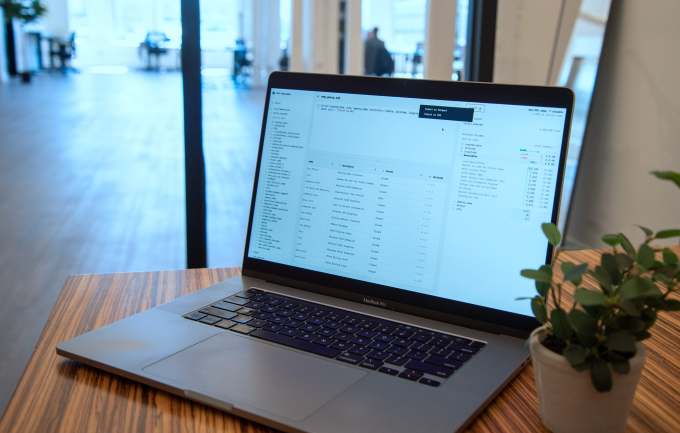The founders of Rill first got into databases a decade ago when they started a company called Metamarkets, which was eventually snapped up by Snap in 2017. While at Metamarkets, the company built a database, based on the open source Apache Druid project. The Metamarkets team later refined their approach at Snap, while helping Snap employees build dashboards more easily.
Rill launched in 2020 to build what the founders envisioned as a faster and better BI dashboarding tool, based on what they had learned at Snap. They wanted an underlying database that could process database data much faster than simply taking it raw from the data source, whether that was Snowflake, Databricks, BigQuery or something else.
And they wanted to simplify the dashboard itself, taking away a lot of the design decisions that often challenge data analysts. Today the company announced a $12 million seed and its first public discussion of the product it built.
Company co-founder and CEO Michael Driscoll says that he started the company in 2020 with the premise that the business intelligence was broken. He and his team of engineers, most of whom had came from his team at Snap, went to work on building a better solution for a broader audience.
“I took a bunch of those engineers that I had worked with at Snap with me in the middle of Covid, and we created Rill. So over the last two years, we started selling this BI stack, which is an alternative to the Looker-Snowflake stack,” Driscoll told TechCrunch.
The product consists of a database designed to process key data from the underlying data source more quickly. As the data analyst or business user queries this data, Rill displays it in a dashboard in a very consistent way. It’s worth noting that they went back to Apache Druid for the database, a project they knew well from their Metamarket days.
“Most BI tools are thin applications with no data engine of their own, and only as fast as the database they sit atop. Rill, on the other hand, is a thick application that comes with its own embedded in-memory OLAP engine (DuckDB in Rill Developer, and Apache Druid in Rill Cloud). This is the not-so-secret reason why our dashboards offer incredibly high performance,” the company wrote in a blog post announcing the funding.

Image Credits: Rill
Unlike a lot of dashboard products, Rill configures the user interface for you. There are few choices beyond branding, and Driscoll believes this really simplifies things for the analyst because all they need to do is worry about the data and what they want to see in the dashboard.
“Data analysts are not dashboard designers, but they’re forced to be dashboard designers…There’s too many visual design choices that many BI and data applications foist upon analysts. Rill has an extremely opinionated view. We just say ‘hey, tell us which metrics you want to surface to your business stakeholders,’ and then we auto generate the dashboards,” he said.
The enterprise SaaS product has been available for over a year and has a dozen enterprise customers using it. The company also recently released a second product called Rill Developer, which is open source. It’s designed to help developers pull the data from the underlying source data repository and remove all of the complexity associated with that.
“We are open sourcing Rill Developer to actually help analysts that just frankly want to get work done. They can attach to that in their data lakehouse, warehouse and soon a stream to transform that data out of the [repository], and then shape it into metrics that ultimately power BI dashboards,” he said.
So far with around a dozen enterprise customers and thousands of users, he is generating real income. While he wouldn’t get specific about revenue he described it as greater than $10 million and less than $100 million, which is decent performance for an early stage company like this.
Two years into this, he has 24 employees spread across the world. The company is fully remote, and has been since day one, and that has helped build diversity from that approach. “There are lots of ways we want to think about diversity. First and foremost, I do think we are global, and as a result we have people from many different cultures and countries around the world,” he said.
Today’s $12 million seed investment came from True Ventures, Bloomberg BETA, Sierra Ventures, Park West Asset Management and DCVC, as well as over two dozen data entrepreneur angels.
Credit: Source link


Comments are closed.